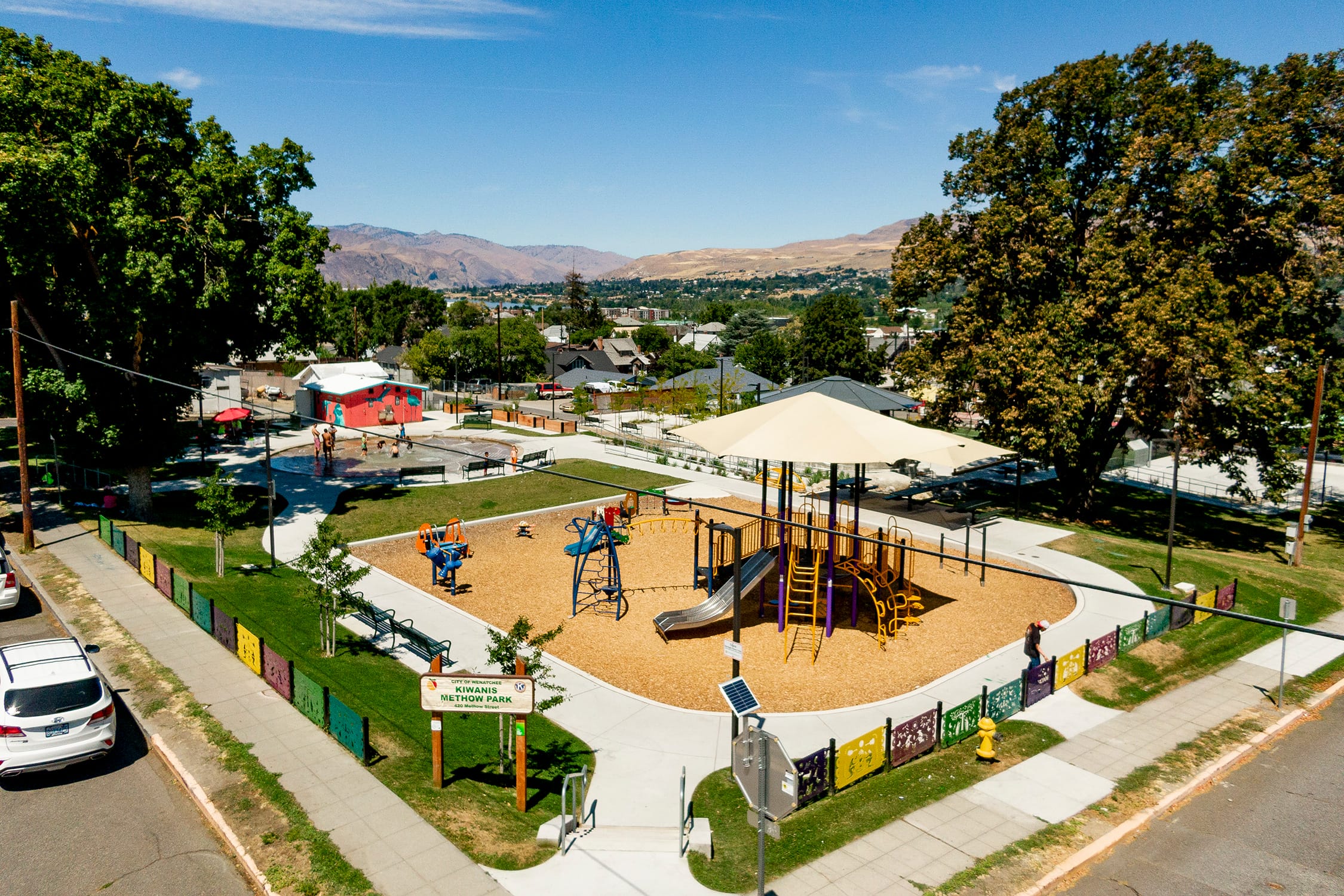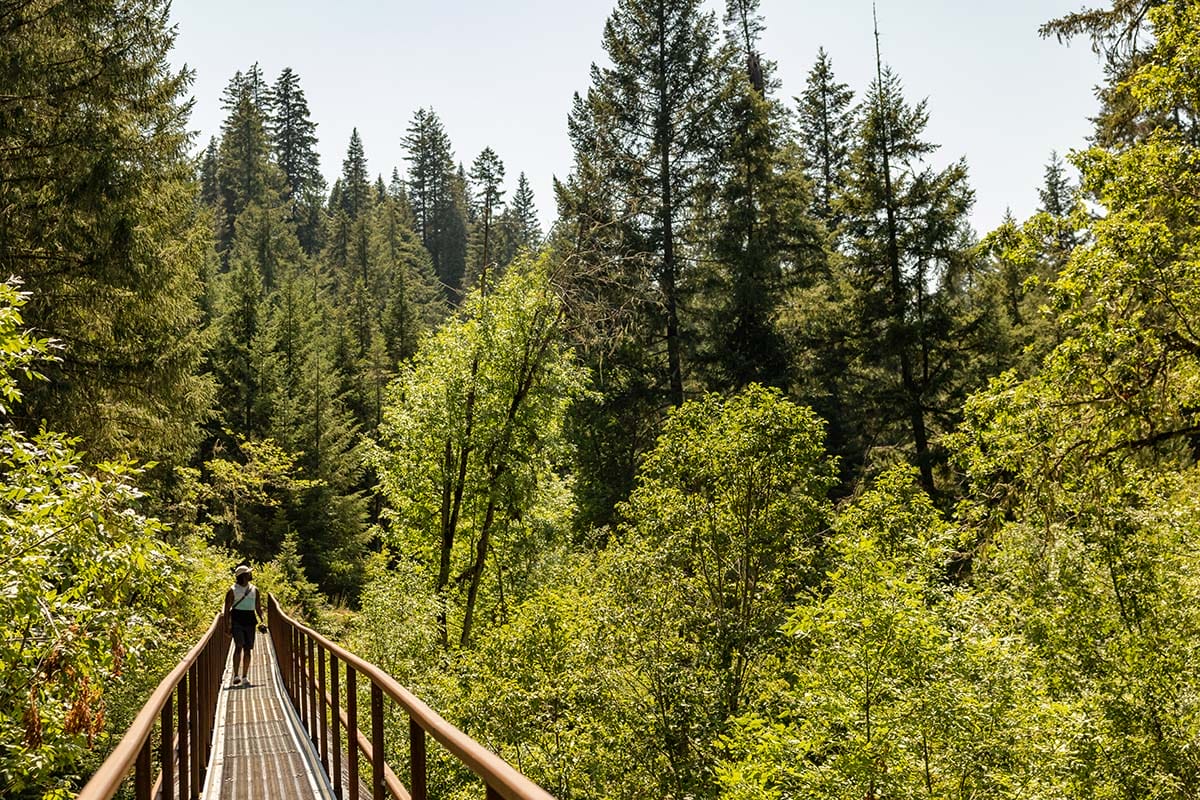
The Descendants
The Descendants
When George Galbraith, an Irish immigrant to Hawaii, passed away in 1904, he left behind an unprecedented 2100-acre Hawaiian land legacy. Galbraith’s will specified that his estate—a pineapple plantation in the heart of O’ahu—be held by his beneficiaries for as long as legally possible. Nearly a century later, that time clock has expired, leaving Galbraith’s 48 descendants and their hundreds of heirs to decide what to do with the increasingly valuable farmland.
Today, the beneficiaries of the George Galbraith Estate are estimated at more than 600 people, spread across the globe from Ireland to Australia. The drama of their predicament—to sell the land to ever-hungry Hawaiian real estate developers or somehow fashion a deal to preserve it—is a close match to the central choice faced by George Clooney’s character in The Descendants, 2011 Oscar-winner for best adapted screenplay.
Over the past few decades, the Galbraith descendents debated many proposals for the land. One set of developers wanted to break the property up into sprawling ranchettes. Ian Lind, editor of a Hawaiian media and politics blog, which chronicled the Galbraith estate saga, is the great grandson of an original Galbraith beneficiary. He’s watched many schemes for the property fizzle over the years, such as one from a group of outsiders who purchased shares of the estate in the 1970s, hoping to break it up for their own profit. “They were out to make a buck at our expense,” says Lind. “But it didn’t work.”
Growing Houses or Growing Food
That ambitions to develop the Galbraith tract failed is fortunate for the descendants, but also for the people of Hawai’i, for whom land to grow food is more important than development dollars.
“A lot of people here are having a wake-up call—we have been growing houses instead of food, and that has to stop,” said Trust for Public Land Hawai’i state director Lea Hong to the Wall Street Journal, who reported on the Galbraith estate sale story in November. As Hong explained, if Hawai’i were cut off from imports, the isolated state would run out of food in just two weeks. Large farmland tracts like the Galbraith Estate could fortify the islands’ food supply, creating jobs and reconnecting local people to their agricultural heritage.
Protecting a Legacy
The Trust for Public Land is purchasing the Galbraith Estate from his descendants and protecting it as farmland in perpetuity. The land will be leased to local farmers who will work to bolster food security in the Aloha state.
Ian Lind says his 92-year-old mother Helen Lind, a Galbraith beneficiary, couldn’t be more pleased with the purchase. “She is very excited that the land is going to be leased and managed forever as farmland,” Lind says. “With her first distribution, she went out and created two scholarships at the University of Hawai’i.”
We can’t speak for George Galbraith, but we’re betting he would have been happy to know his family’s land will benefit his ancestors and neighbors for generations to come.
Related Content
Heirs Preserve Hawaiian Track, The Wall Street Journal
Mahalo
Hong, state director of The Trust for Public Land-Hawai’i, wishes to thank donors, the City and County of Honolulu, Governor Abercrombie, the Hawai’i State Legislature, the U.S. Army Garrison Hawai’i, the Congressional delegation, and the State of Hawai’i Agribusiness Development Corporation for successful collaboration on conservation of the Galbraith Estate.
One-third of Americans, including 28 million children, lack safe, easy access to a park within a 10-minute walk of home. Urge your senators to pass the Outdoors for All Act to create parks and enhance outdoor recreational opportunities!


Donate to become a member, and you’ll receive a subscription to Land&People magazine, our biannual publication featuring exclusive, inspiring stories about our work connecting everyone to the outdoors.
See how our supporters are helping us connect people to the outdoors across the country.








